Proton’s third-generation entry-level sedan now open for bookings, priced from RM37k-46k
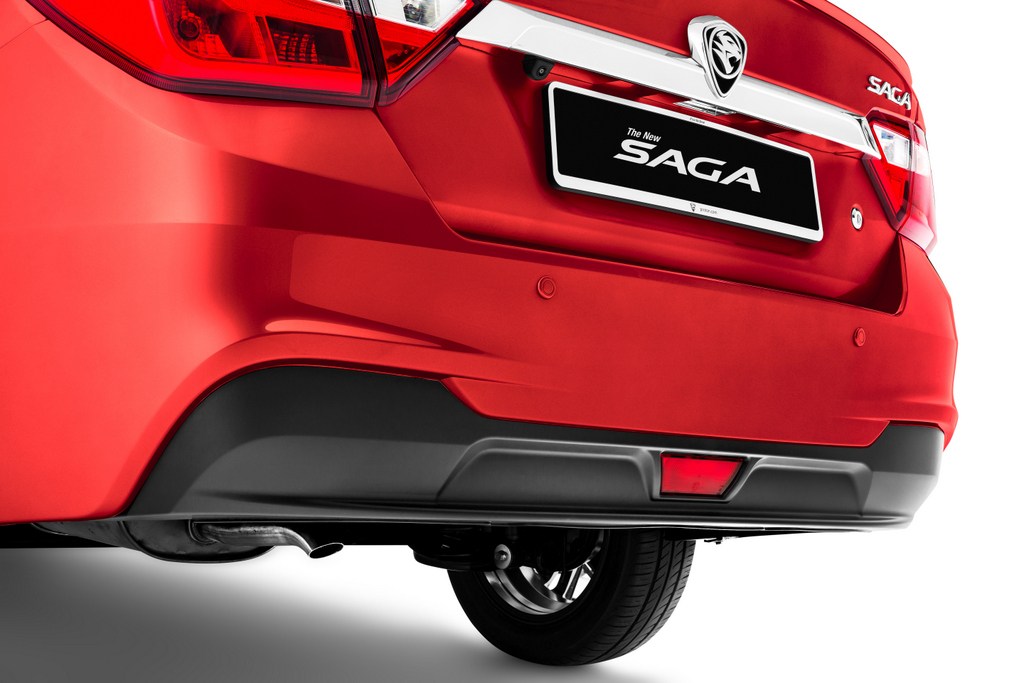
If you’ve been using something called the internet, you probably know by now about Proton’s plan to launch three new cars in three consecutive months. The national carmaker got the ball rolling with last month’s introduction of the new Persona, but some of us, ourselves included, stayed unconvinced of Proton’s ability to meet its ambitious target in time.
However, we’ve sampled the chorus of Proton’s three-part symphony, the new Proton Saga (codenamed P2-13A). And the brief encounter with the latest iteration of the Malaysian people’s favourite has given us a slight boost of confidence in Proton’s year-end revival.
Although billed as a third-generation model, 2.5 is a more accurate number for the 2016 Proton Saga that Proton hopes to control the entry-level segment with for the next five years. Its platform is identical to the outgoing second-gen, but there are significant improvements in terms of design and powertrain to justify its market position as a brand new product. In the words of Hazrin Fazail Haroon, the GM of Proton’s Project Management Office, it’s basically the Saga we all know, but substantially enhanced with a new heart and top hat.
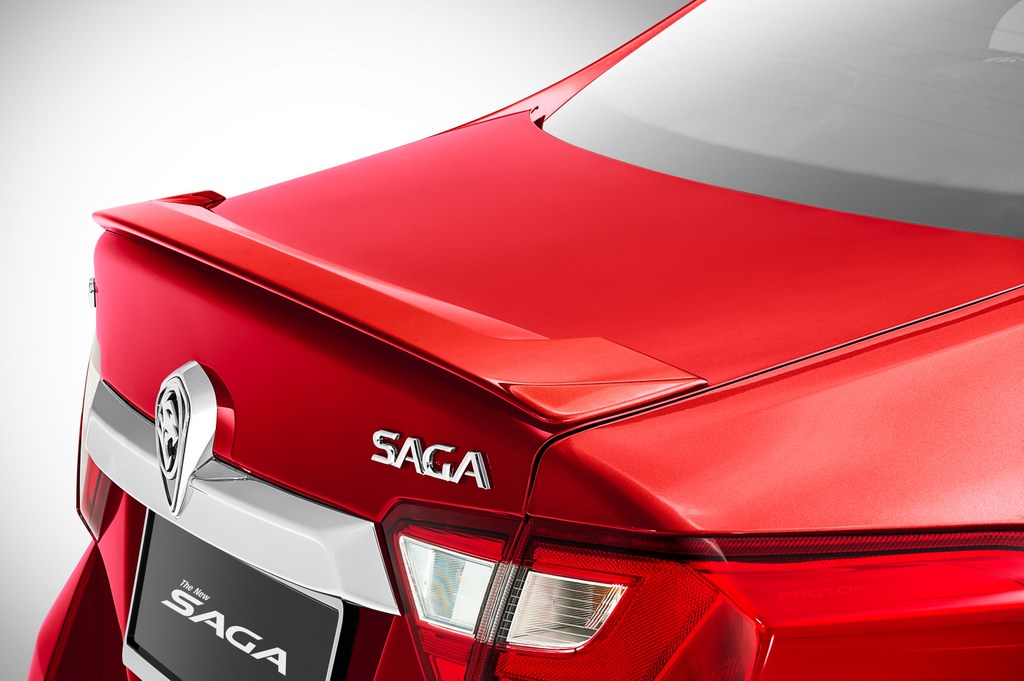
Speaking of headpieces, 2.5 is also the number of choice for Proton’s charismatic Chief Designer, Azlan Othman, who explains his team’s work as a slight breakaway from the conventional three-box silhouette of a sedan. The overall profile of the new Saga is certainly more fluid than the one it replaces – all body panels are supposedly new – with the sharper front and rear ends benefitting from the new design language which premiered in the Accord-based Perdana.
The Saga’s dimensional changes are just as significant as its cosmetic ones. At 4,331mm (+74mm) long and 1,689mm (+9mm) wide, the new Saga occupies a bigger footprint than its predecessor. But the latter’s 2,465mm wheelbase has been retained. Nevertheless, Proton has managed to reduce the turning radius to 5.1m (-0.2m), which should make lesser work of U-turns. This improvement is part of Proton’s series of updates to make the Saga a physically friendlier car, which include reductions in steering, door-closing and hood-release effort by 8%, 40% and 60% respectively.
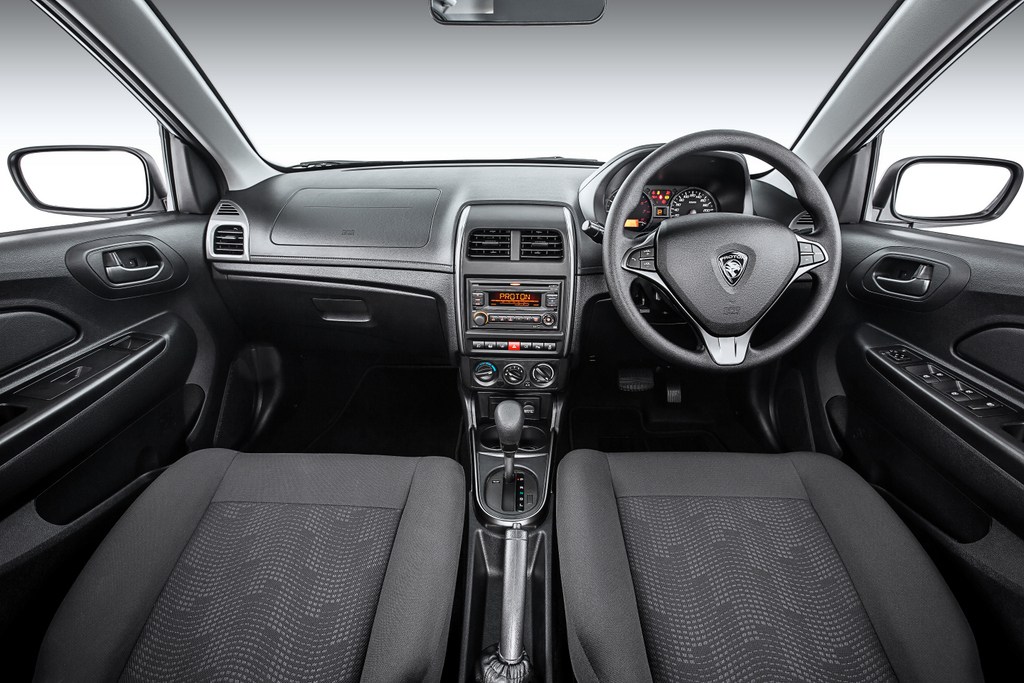
Inside the Saga, front and rear legroom measurements are supposedly unchanged. However, the cabin feels much more welcoming, especially in the rear, thanks to wider door apertures, recessed front seats and a higher ceiling (the new Saga is 11mm taller at 1,491mm). Apart from three cleverly located USB ports (one up front and two between the front seats accessible to rear passengers), ample cubbyholes and a reverse camera (for the Premium variant only), there is not much else to shout about the cabin, which exhibits no significant improvement over the old one where build quality is concerned.
{gallery}ProtonSaga2016MediaPreview1{/gallery}
That’s not a deal breaker for us, though. Not for what the Saga is worth. As an entry-level sedan that tentatively starts at RM37,000, the third-generation Proton Saga is actually quite positive. And it’s mainly because Proton didn’t pull the stops on the improvements here when it could have, which would have been the financially tempting thing to do.
With enthusiasm brimming after virtually having their hands tied up with the Proton Perdana, Proton’s engineers complemented the hard work of their aesthetic-minded colleagues by giving the Saga’s powertrain a series of update not dissimilar to the ones enjoyed by the recently launched Persona. That puts the new three-point engine mounting and Eco driving indicator in the mix for the Saga as well.
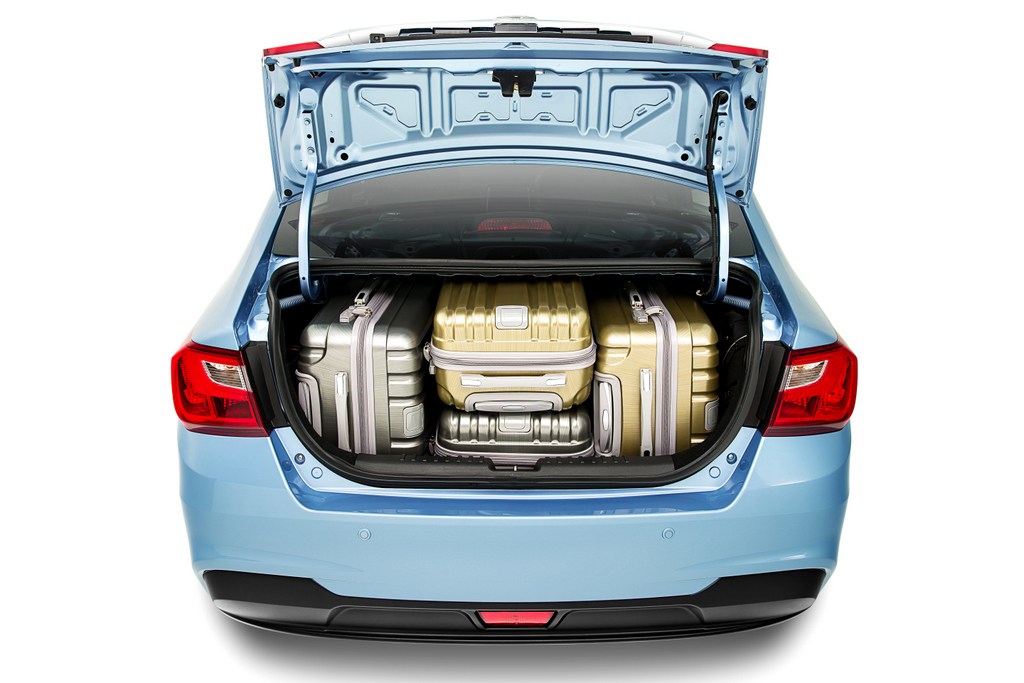
Other new bits in the Saga’s sole 1.3-litre VVT engine include a smart alternator and maniverter that help bump up efficiency and a new low-tension oil control ring that reduces friction. Even though these improvements result in the same 94hp/120Nm output of the old Saga, straight-line performance has notably improved. The 5MT, which is only available in the Standard variant, now does 0-100kph in 12.2 seconds (-0.7 secs) and a top speed of 165kph (+5kph).
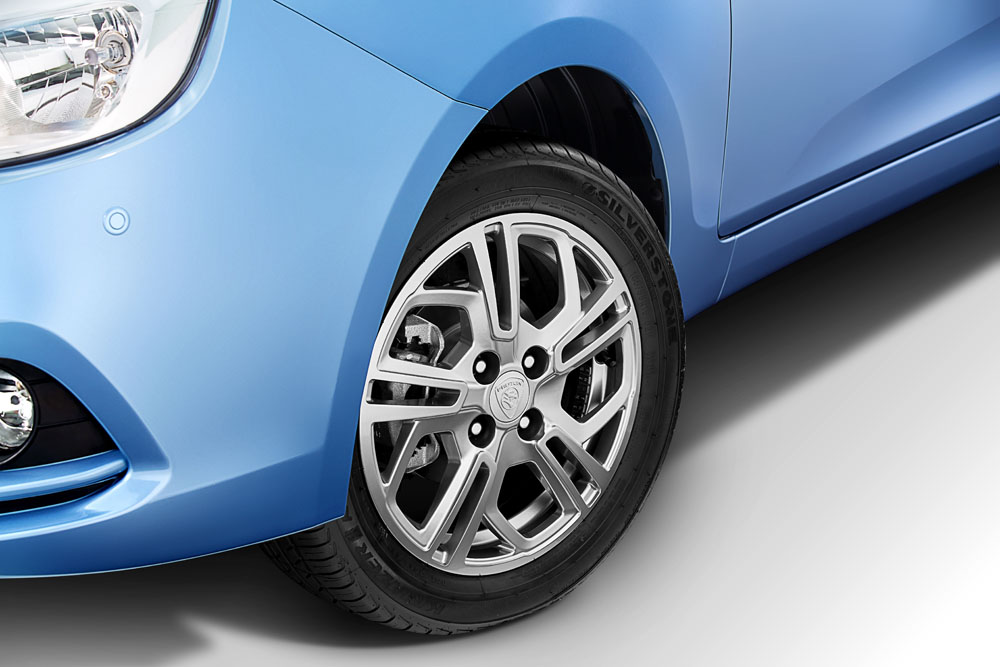
The updated CVT2+ offered in the Executive and Premium variants is much more responsive than the old stepless transmission, dispatching the century sprint in 13.1 secs (-1.4 secs), with vmax rated at 160kph (+5kph). We experienced this transmission first-hand on Proton’s oval test track in Shah Alam and found it to be incredibly refined, lending a hand to the car’s much-improved NVH (even at 130kph) along the way. In fact, the only criticism we took away from that brief encounter was the Saga’s driving position, which is hampered by a steering rack that doesn’t rise high enough for our liking.
Again, there are no serious deal breakers just yet. And it’s worth mentioning that the new Proton Saga is also more efficient than before, with the 5MT recording a fuel consumption figure of 5.4l/100km (-0.6l/100km). The CVT2+ trails slightly at 5.6l/100km (-0.7l/100km). Partly responsible for this efficiency gain is the slippery exterior of the car, which has a drag coefficient of 0.33 – 6% better than the predecessor’s 0.35Cd.
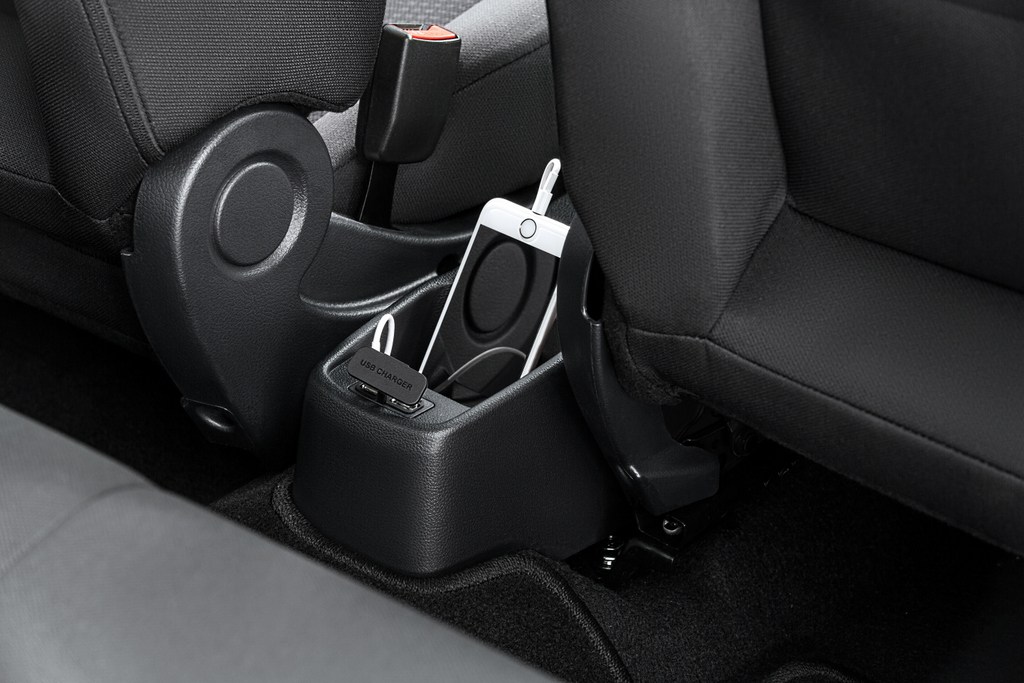
No new Proton is complete without some chest thumping on the safety front. And while the Saga doesn’t quite qualify for five full stars, its four-star Asean NCAP rating is one star better than what the outgoing car could muster. This is made possible by stiffening the chassis by up to 20 percent, as well as a comprehensive suite of safety kit in the Premium variant consisting of ABS (Antilock Brake System), BA (Brake Assist), ESC (Electronic Stability Control), TCS (Traction Control System) and HHA (Hill Hold Assist).
Apart from ABS, these technologies are surprisingly missing from the more affordable variants, which gives us good reason to recommend spending RM46,000 for top specs. Their omission is made more curious by a generous list of kit made standard across the range which includes folding rear seats, rear fog lamps and event front parking sensors. Throw in a 420-litre boot (7-litres more than before) and even a rear-view camera embedded into the rearview mirror (Premium only) and you have a car that’s thoroughly more equipped than something that cost twice its price just a few years back.
Has Proton done enough to meet its monthly sales target of 5,000 units for the 2016 Proton Saga, then?

There’s plenty of promise on paper, but we could use a lengthier test drive to fully assess the Saga’s newfound credentials. Market sentiment and new competition may have clouded sales prospects a little, but we believe the 5,000-unit mark is a much healthier target for the brand than aspiring to launch three new cars in three months – not that we’re not excited about the latter. Bookings will be taken from today, and if all goes well, this could be the turning point the company has desperately needed for the past few years.
Specs
2016 Proton Saga (P2-13A)
Price: RM37,000 – RM46,000
Engine: 1.3L 4-cyl VVT, 94hp, 120Nm
Transmission: 5-spd manual (Standard only), CVT (Standard, Executive and Premium)
Performance: 0-100kph in 12.2 secs (13.1 secs for CVT), 165kph (160kph for CVT)
Fuel Consumption: 5.4l/100km (5.6l/100km for CVT)
Weight: 1,035kg
{gallery}ProtonSaga2016MediaPreview2{/gallery}
